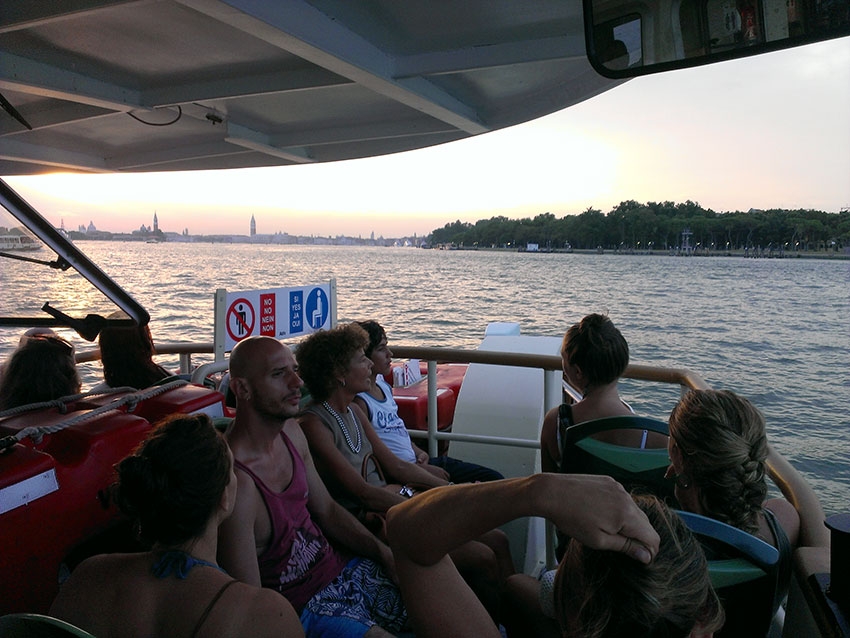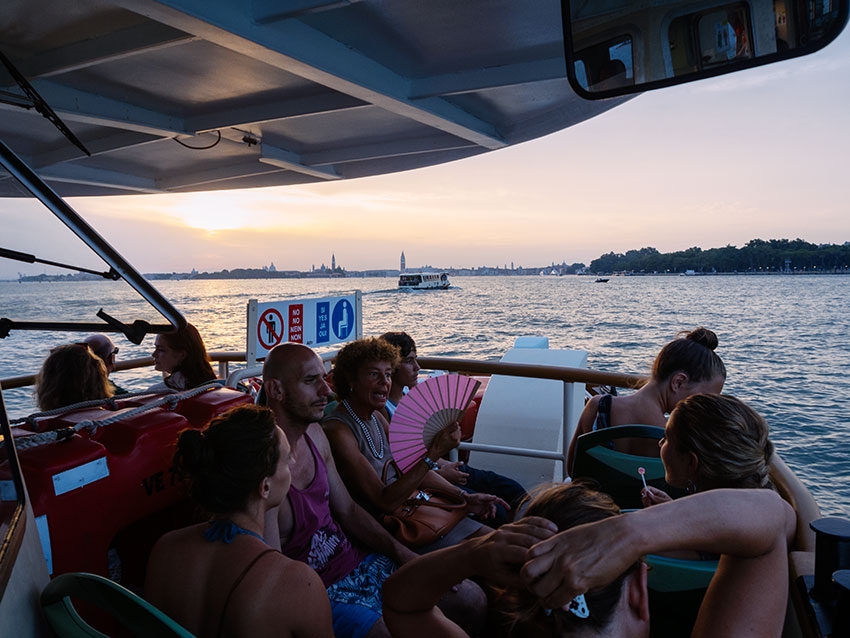What does Dynamic Range mean? Dynamic range is more of a physical term, it describes the ability of a medium to record bright and dark values at the time. The human eye for example has a huge dynamic range. We can see details in scenes that contain both very bright and very dark things, for example things in a dark room inside on a bright day and at the same time see everything outside through the window in the sunlit garden with a single view.
In camera terms dynamic range is the ability to record those bright and dark areas with one single exposure, to record both detail in the highlights and the shadows in a contrasty scene. Imagine a dim alleyway on a sunny day. When you want the image to be bright enough to get details in the shadows with most digital cameras you will get a completely white sky, because their dynamic range is limited to something between 6 and 12 f stops.
What does f stops mean? F stops refer to the aperture values of the lens. On bright sunny days you would for example expose the scene with an aperture value of f/8 and an 1/800 second. One f stop brighter would be an 1/800s at f/5.6 (wider aperture) or a 1/400s at f/8. One f stop difference is double the light, double the brightness thus double the shutter speed or one aperture value higher to retain the same brightness on the medium. Brightness differences increase or decrease exponentially, two f stops difference means four times brighter or darker the scene, four f stops means 16 times brighter or darker the scene. In real life for example things in bright sun light are sometimes 12 or 14 stops brighter than something in the shadow hidden somewhere behind a window in the same scene. Digital cameras are not able to record both values at the same time, because their dynamic range is limited.
What does limited mean and are there differences between different cameras? Dynamic range of a camera is limited by the highlights and shadows to be recorded. The limitation of highlights means things in a scene are too bright for the camera to be recorded, it‘s typically 3-4 f stops above middle grey. Digital cameras only display white when they can‘t record any brighter, that often means you get white skies in contrasty scenes on a sunny day, this looks very unnatural because our eyes behave so different. A work around this limited highlight range is to expose for the highlights, means you simply darken the scene to the value you find the hightlights to be well expose, to have enough detail and colour and look natural. But then you run directly into the other problem of limited shadow range.
Limited shadow range means things in the shadows are either too dark to be seen in the final image or they are too noisy to be acceptable. It‘s easy to brighten up scenes afterwards on the computer but brighten up detail also means brighten up noise. With big enough dark areas noise soon becomes obtrusive, so you can not brighten up scenes endlessly, noise is the limited. You have to decide what end of the dynamic range is more important to you and make a trade-off on the other end. Camera type also makes a difference. A very simple rule is the bigger the sensor the bigger the dynamic range. Digital cameras in cellphones are the tiniest so their dynamic range is the worst. White skies for example is one of the easy signs to see that a photo was taken with a cellphone. With DSLRs you get much better dynamic range quite comparable to film, which has a huge highlight range. You still don‘t get endless highlight range with DSLRs but their shadow range is much better than that of film. So you can expose for the hightlights and brighten up the shadows afterwards, something most cameras today do automatically, handy. You can even squeeze out a bit more range when shooting RAWs and post process later. With DSLRs you‘re typically able to record up to around 13 f stops with a single exposure. You may also do multiple exposures and merge images afterwards, so called HDR images. But I don‘t like those, to my eye they often look unnaturally processed, and the style of multiple frames for one scene doesn‘t fit with my understanding of capturing a moment, for some landscape shots, it‘s handy, though.
So finally, I show you two images that illustrate dynamic range quite well. The above is from a cellphone with burned out sky in the background, the second is from a big sensor camera, here an Olympus OM-D, that renders the sky quite nicely when pulling back highlights in post processing. Have a look ...


So, summarizing, with digital cameras you are limited in recording both very bright and very dark things in the same image. The bigger the sensor (camera), though, the more dynamic range you get, so with a DSLR you get enough range to display most of any scene‘s brightness levels. You won‘t get that with a cellphone, one big reason for me to shoot big sensors. Dynamic range is important to display natural images.
Happy shooting
KIKI
Neuen Kommentar schreiben